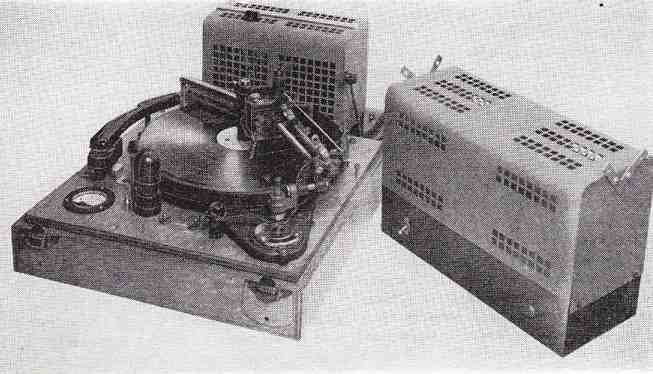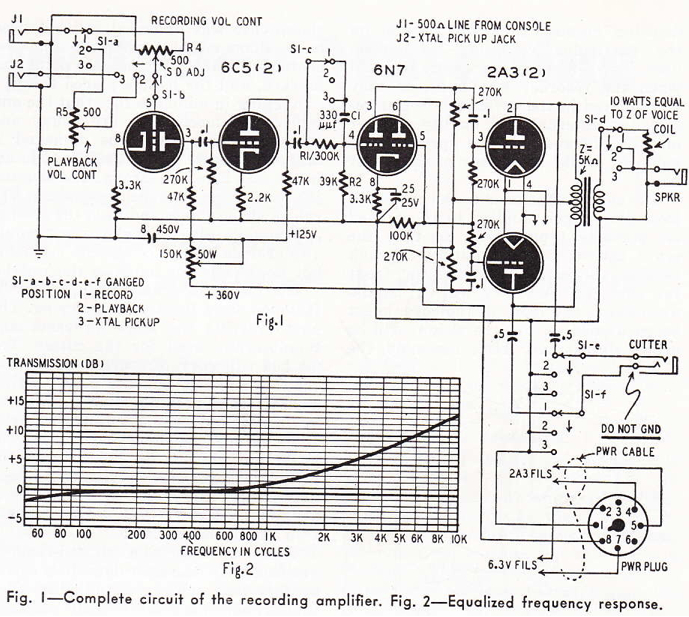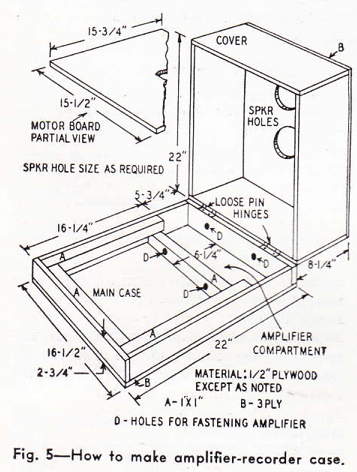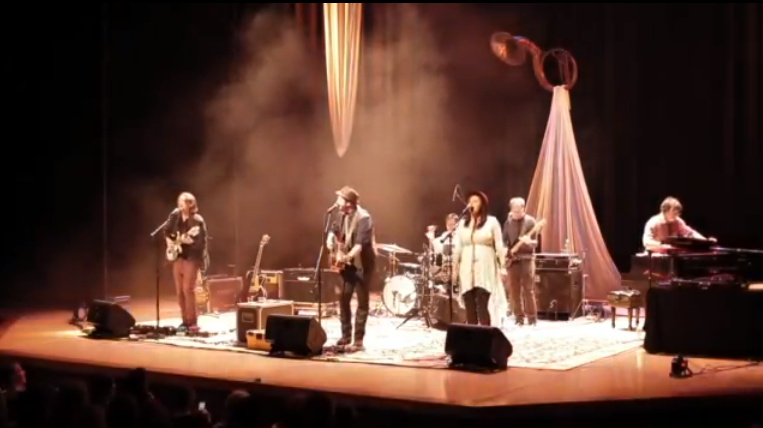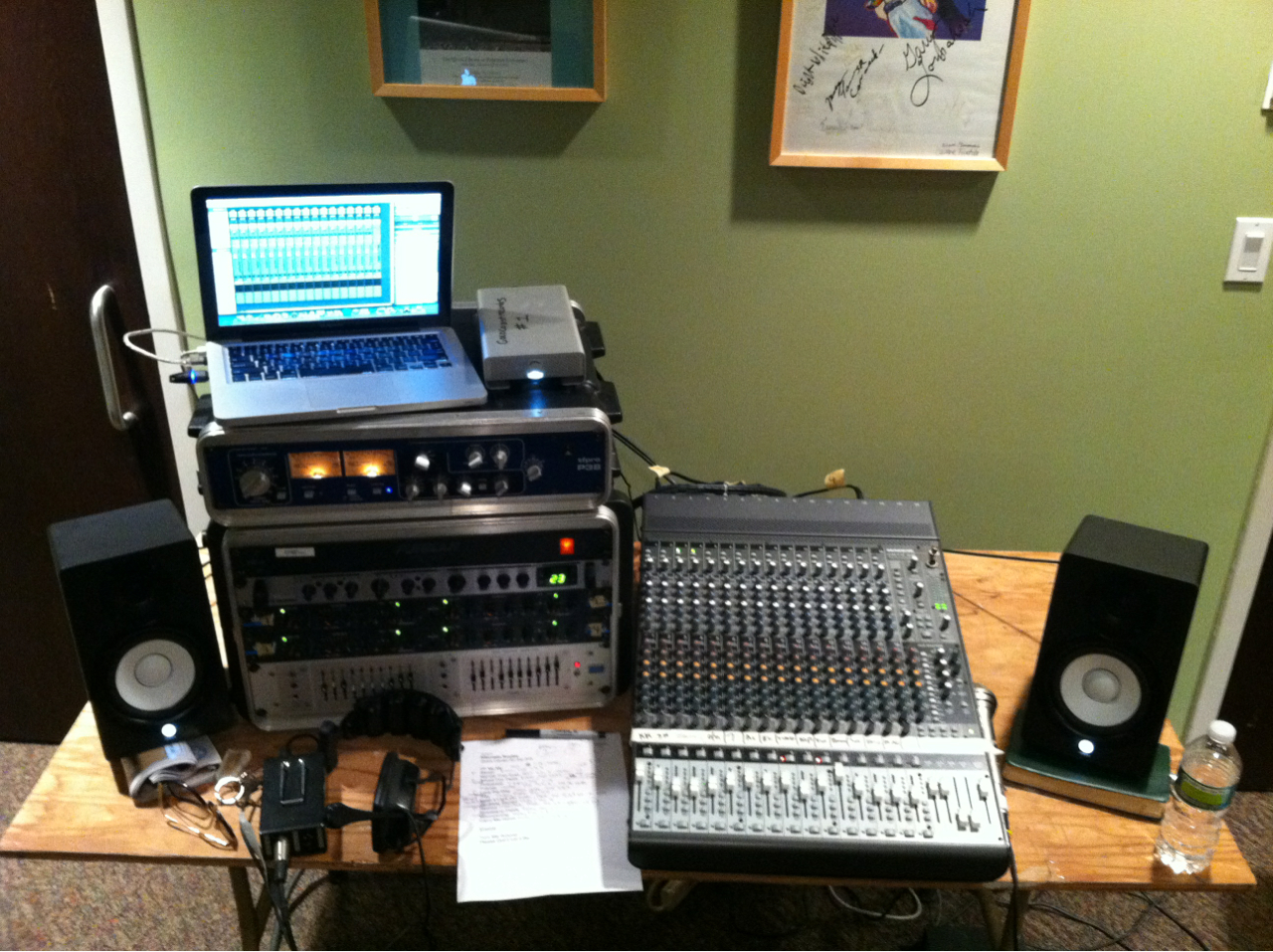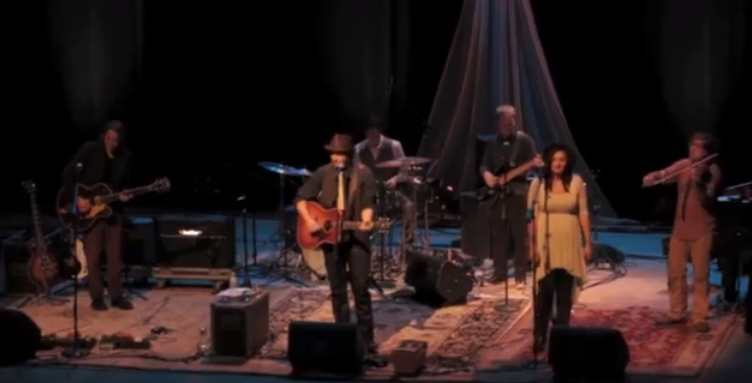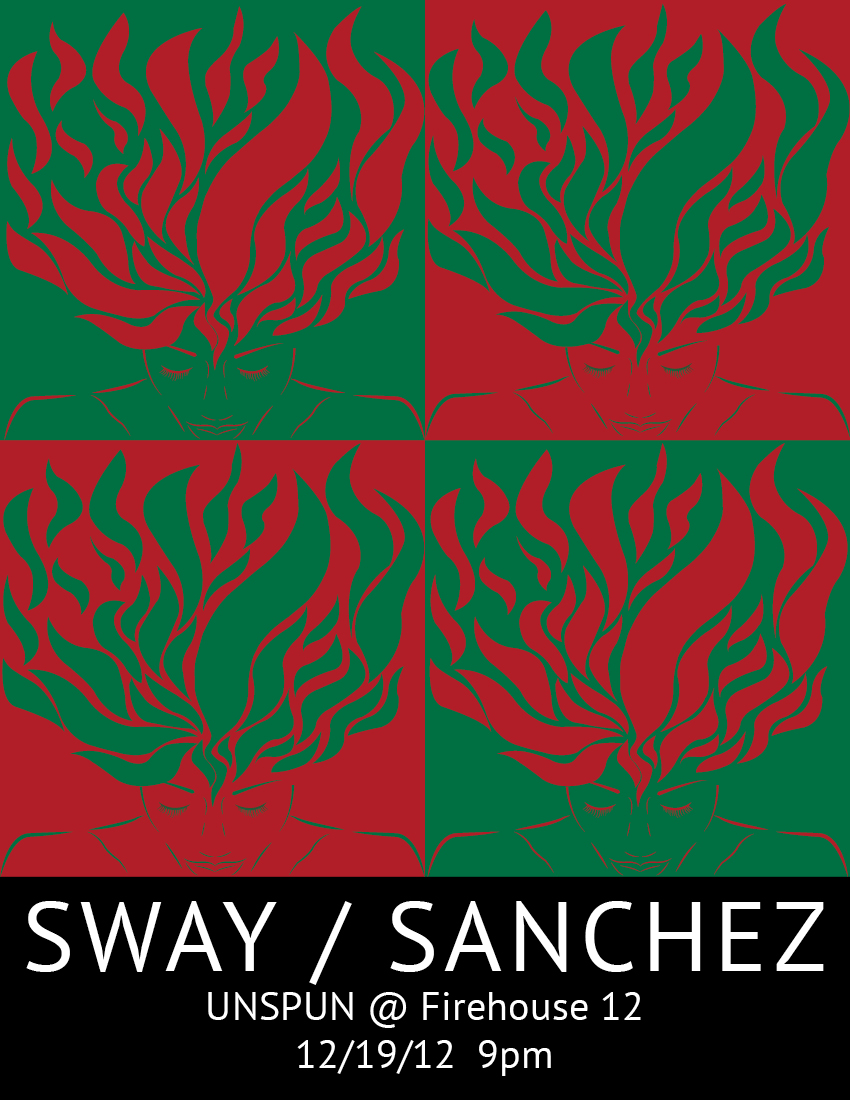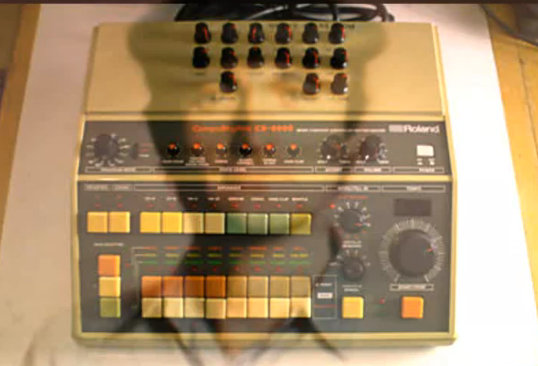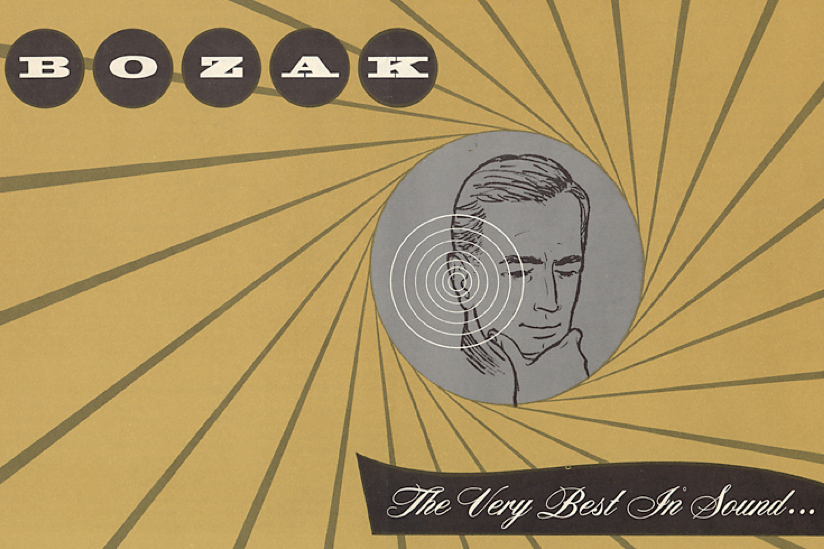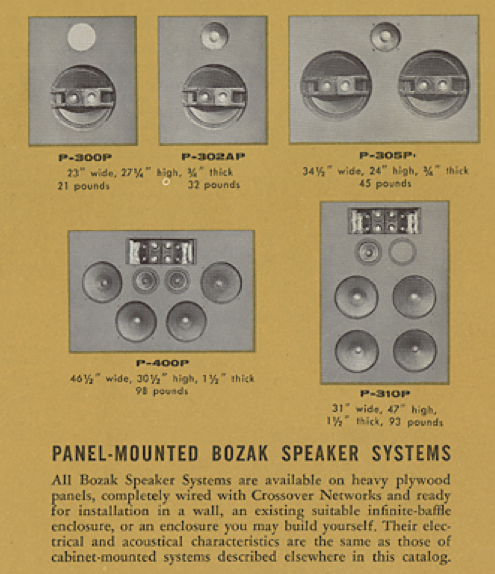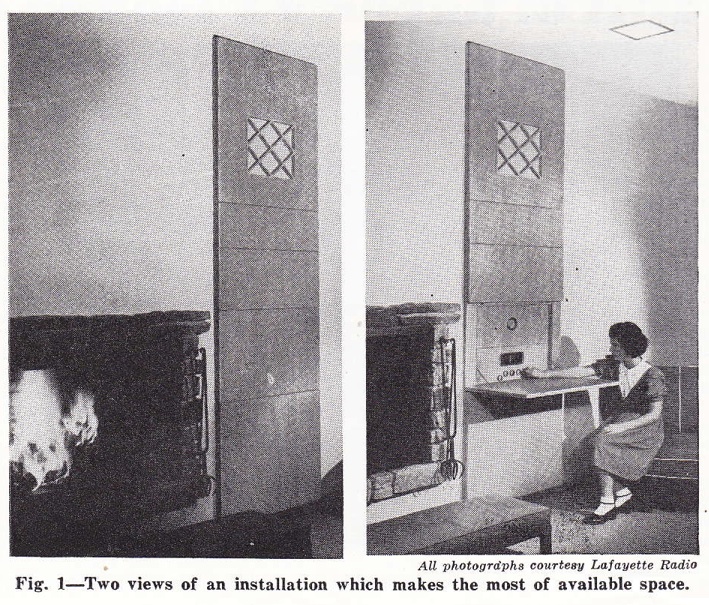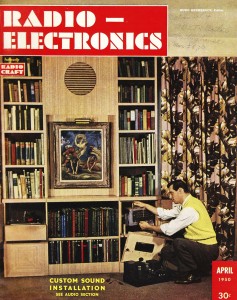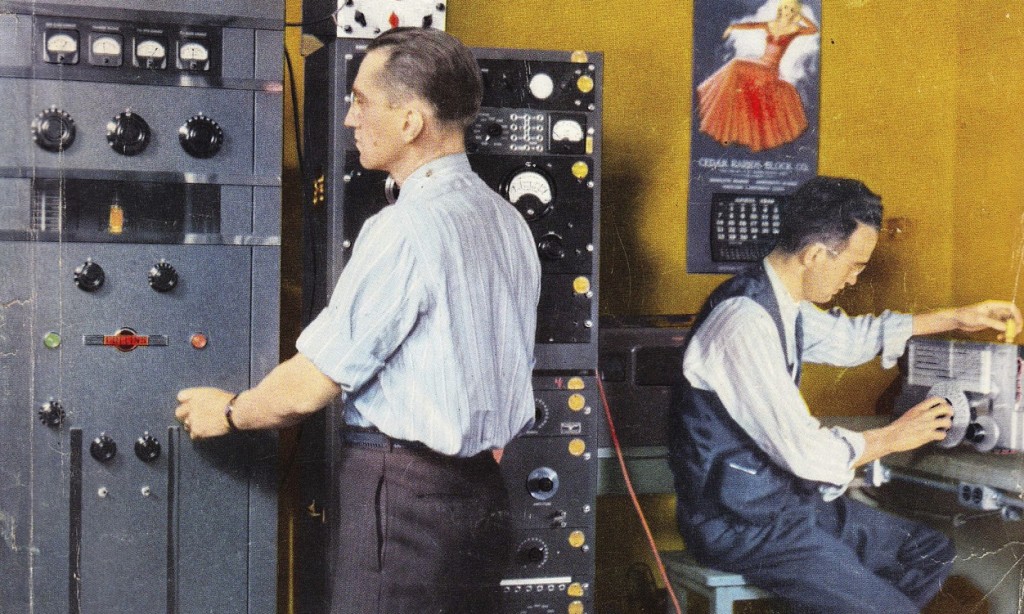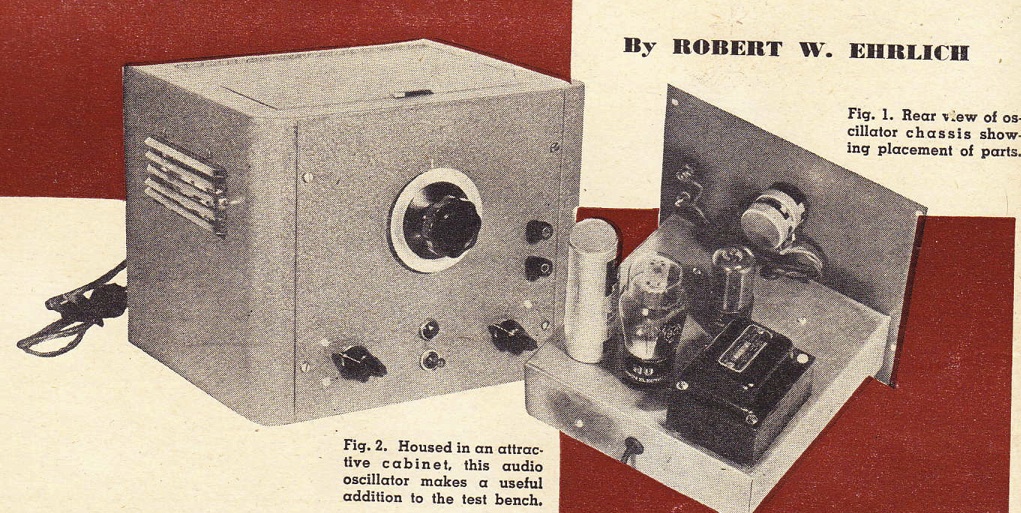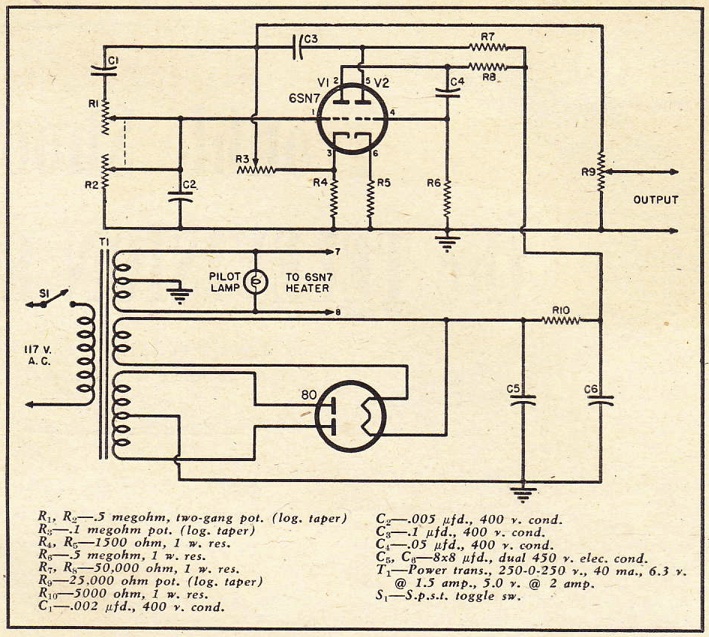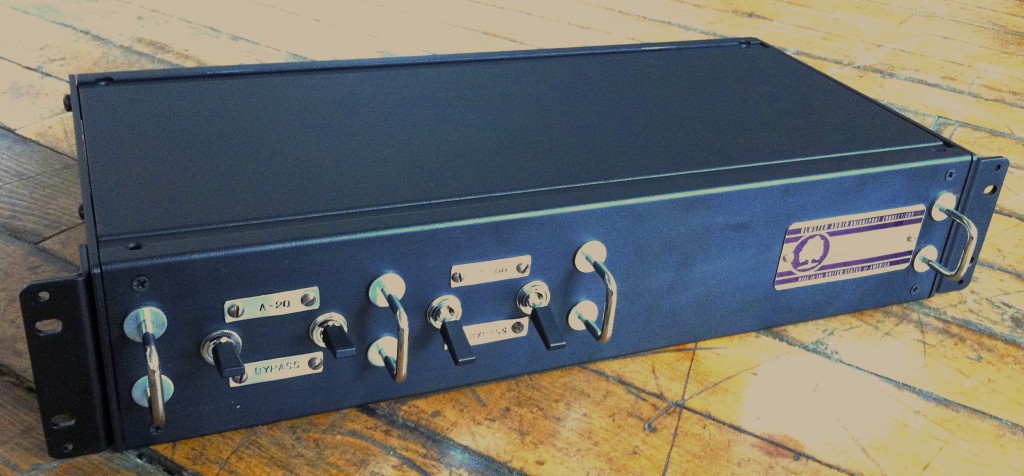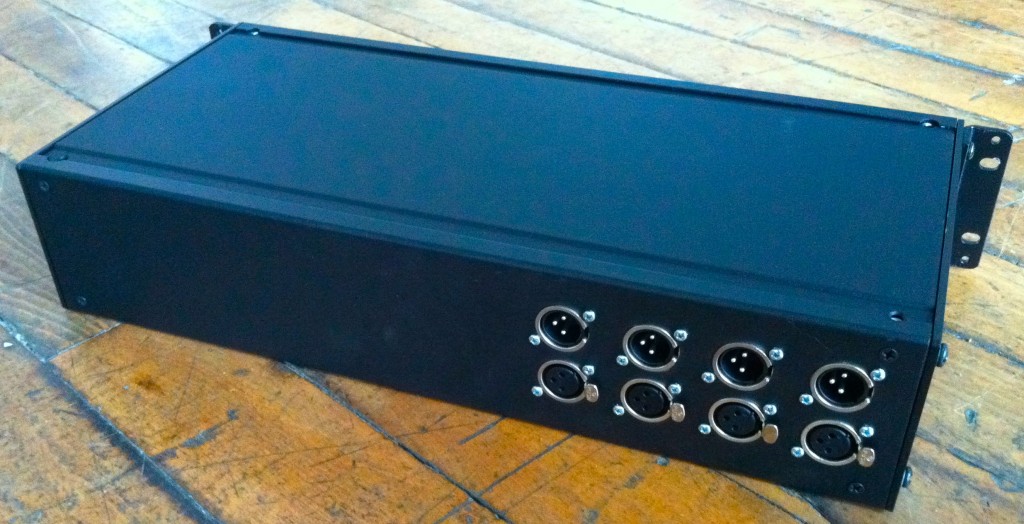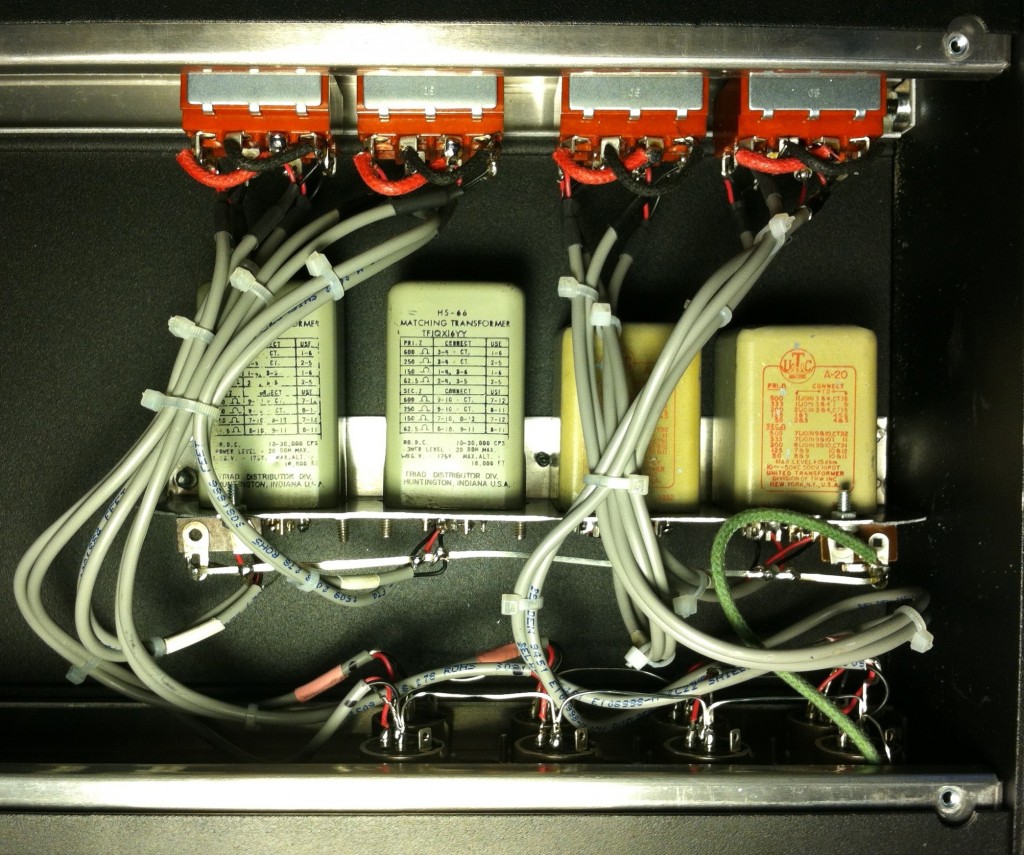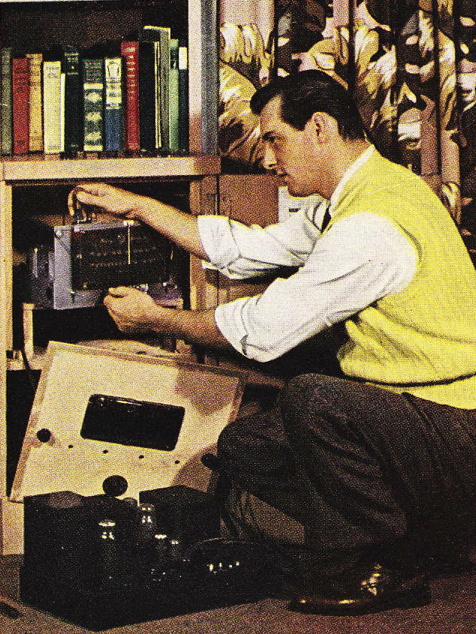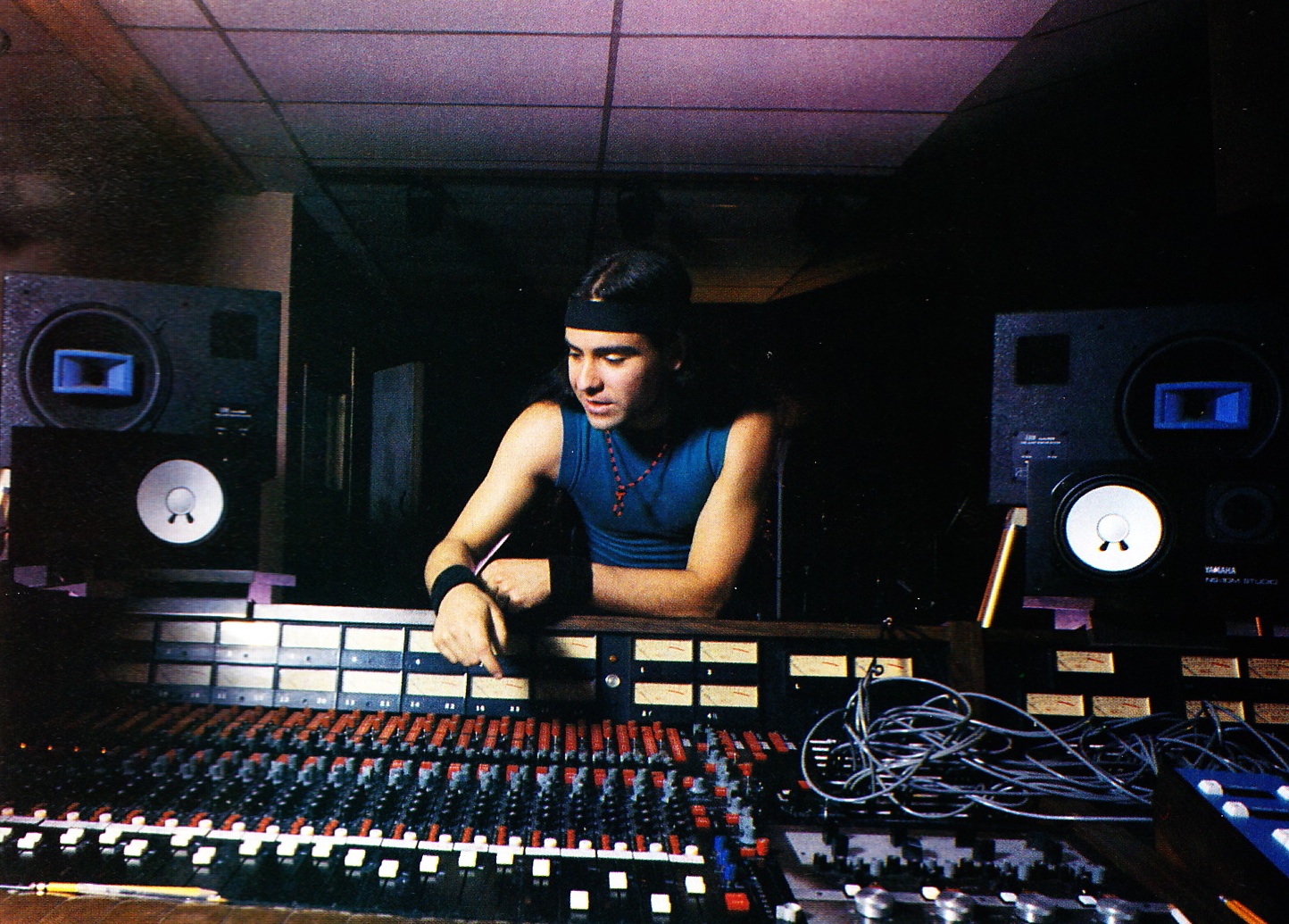 Download a three-page interview with producer Martin Bisi from HOME AND STUDIO RECORDING, 10/88. Interview is by Deborah Parisi, photos by L.G Carilles.
Download a three-page interview with producer Martin Bisi from HOME AND STUDIO RECORDING, 10/88. Interview is by Deborah Parisi, photos by L.G Carilles.
DOWNLOAD: MartinBisi_88_int
Bisi has the interview available as text on his website, but when I stumbled across the original print version in a giant pile of old guitar magazines I bought, it seemed somehow more poignant to read it in the original late-80s dressing.
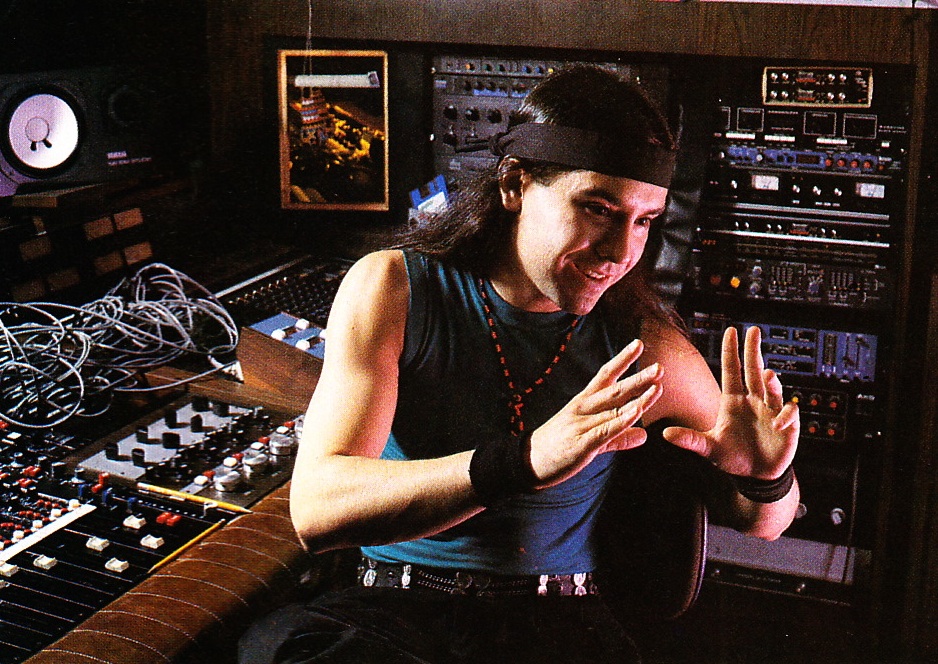 In the year prior to beginning work on my studio Gold Coast Recorders, I sublet B.C. Studio from Martin; my writing partner GJ and I shared the space with Jason Lafarge. I didn’t get a hell of a lot done there; one album that failed to attract much attention and a few pieces of TV commercial music; but I did have the opportunity to have many enlightening conversations with Martin. I can’t say that I have ever met a recording engineer/producer who had such an unclouded understanding of relationship between musical performance, records, and the technology that intervenes between those two things. At the risk of sounding a little too gushy, I will say that Martin is both truly an artist and also completely unpretentious; that’s a tough line to walk. Martin’s got an incredible list of credits and a ton of insights to offer. I did a recorded interview with Martin a couple of years ago, and god (or intern) willing, I hope to get it online at some point. BTW, the Parisi interview fails to convey the incredible size and strangeness of BC studio; the live room is a circa 1860 stone chamber approx. 3000 sq feet in size with 40 foot ceilings. Final note: all of the equipment that you see in those 1988 photos was still in exactly the same place, and still in service, when I was last there in 2009. How’s that for preservation.
In the year prior to beginning work on my studio Gold Coast Recorders, I sublet B.C. Studio from Martin; my writing partner GJ and I shared the space with Jason Lafarge. I didn’t get a hell of a lot done there; one album that failed to attract much attention and a few pieces of TV commercial music; but I did have the opportunity to have many enlightening conversations with Martin. I can’t say that I have ever met a recording engineer/producer who had such an unclouded understanding of relationship between musical performance, records, and the technology that intervenes between those two things. At the risk of sounding a little too gushy, I will say that Martin is both truly an artist and also completely unpretentious; that’s a tough line to walk. Martin’s got an incredible list of credits and a ton of insights to offer. I did a recorded interview with Martin a couple of years ago, and god (or intern) willing, I hope to get it online at some point. BTW, the Parisi interview fails to convey the incredible size and strangeness of BC studio; the live room is a circa 1860 stone chamber approx. 3000 sq feet in size with 40 foot ceilings. Final note: all of the equipment that you see in those 1988 photos was still in exactly the same place, and still in service, when I was last there in 2009. How’s that for preservation.
